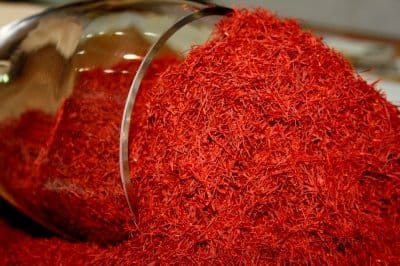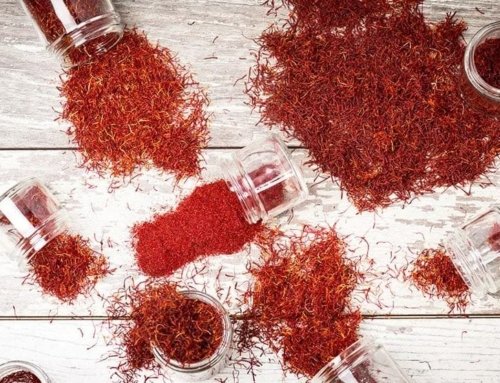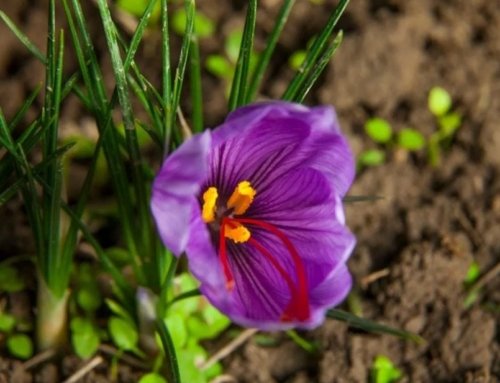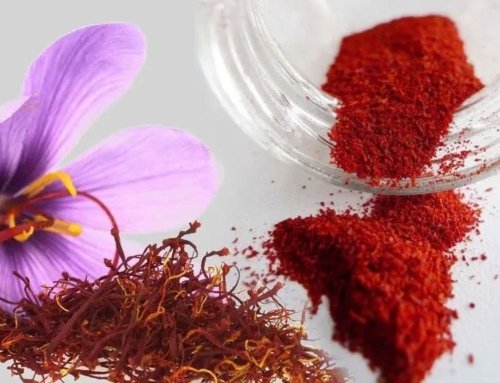An interesting story of a rural saffron producer
Today, the drought has also progressed to the heart of the good weather conditions of the province of Isfahan, but villagers have never surrendered and are busy with the creativity and entrepreneurship of their villages.
Based on the latest statistics in the country, more than 20 million people live in rural areas, and in Isfahan province there are a population of 711 thousand people in 800 villages, while the high economic productivity of villagers from Little sources indicate the importance of this group in the development of the national economy, the rural sector with the least investment of the rial and currency, has the highest role in the economy and production.
In addition, active rural people, especially rural youths, have a lot of talents that can play a significant role in achieving the goals of a resilient economy, but in recent years, due to lack of rural facilities, droughts and farmers’ unemployment and the neglect of officials in this group, immigration to Cities have increased marginalization and social harm.
The creations that bring about the development of the farm
Still in the corners of the villages there are people who did not miss hands and struggled, endured hard times in their villages, and did not succumb to droughts and problems.
A sample of these people can be found on the Hasanabad Louni Zafra Farm in Isfahan, a farm in the heart of the Zafra mountains, a cozy place where the drought has even brought itself and the family of Mr. Ghavami has encountered a problem.
The Qavami family, however, did not bow down to drought and rescued knowledge and knowledge with the creativity of the farm, a farm that has no water, electricity or gas problems besides drought.
Seyed Hassan Qavami, the father of this family, said in a conversation with the Tsensim correspondent in Isfahan, referring to the drying of the farm quarry: “We did not have water to irrigate the farmland, we would buy ice molds for them, and put them near the trees near the rocks in a hole, this way. It would cause the ice to flow to the water and provide water for a month of the tree.
“We used thousands of tricks and methods to keep the trees alive,” he said, adding myself: “I went into the aqueduct and rebuilt the Ruby layer and path so that I could restore half an inch of water.
This example entrepreneur added: We drove the irrigation of the trees and managed to bring the same amount of water under the cultivation of the trees to 14 hectares.
He said: “We also devoted part of our farming work to saffron that has less water requirement, which we managed to produce more than 10 kilograms of saffron per year.”
When the hands of the dealers shorten the saffron
Sample farmer added: “We did not allow dealers to sell our product, we have our own packaging and brandy, and sell our products.”
He believes that with the help of his wife and children he has been able to get gold from the dead soil of the farm in a drought, his treasure chest and his gold and trees and its products.
Now Seyyed Hassan Ghavami has apples, walnuts, pomegranates, almonds, peaches, apricots and crops such as saffron, cumin, and nightlife, as well as vegetable varieties.
Ostrich breeding is economical along with farming
Mohammad Ghavami is a young son of this family who, along with his farm and his father’s companions, worked on ostrich farming on the farm.
“Ostrich is the only multipurpose animal that is optimized for all parts of its body, including meat, eggs, fill, tip, legs and even fingers,” he said, adding that ostrich farming is cost effective in addition to farming. has it.
“The level of cholesterol in the animal’s meat is lower than all flesh, and is four times more than iron-flesh, it has low sodium percentages, and people with cardiovascular and anemia,” said the young rural entrepreneur, pointing to the health of the bird’s meat. And they have high blood pressure. They can use this meat as a medicine.
Structural mobilization support for realizing a resilient economy
Abul Qasem Ghavami, a large family of the family who left the city and works on the farm, said: “To power the solar panel, we switched on the night with the solar energy of the farm and the house.
He added: “We have prepared a galvanized bowl, in the fall of 6 months, we will store water for use in the summer, we dug the pool, and with the assistance and mobilization consultation we cultivated about 2,000 fish in the pool, Operate the resistance economy.
According to Tsenim, the family will work seasonally, in addition to generating and earning income per year for 200-250 people.
To continue these activities and increase the productivity of rural economy, rural areas should be considered as the main factors of this activity.
source: tasnimnews /com








Get Social